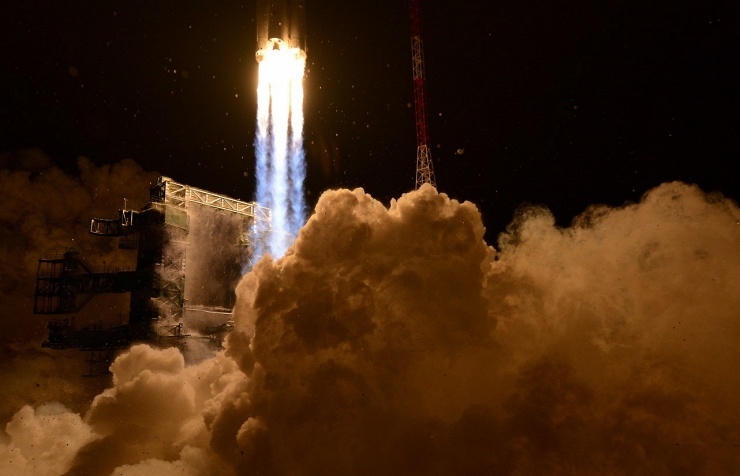Every so often, anthropologists — and maybe a few mathematicians — have a field day puzzling over the origins of our positional base-10 numeral system.
Oh, not the historical origins themselves, the Hindu-Arabic innovations beginning in the 5th and 6th centuries. That’s all pretty much agreed.
No, I’m referring to the possible physiological inspirations, the readily visible digits at the ends of our limbs: 10 fingers, 10 toes.
Coincidence? Does nature have coincidents, or does it abhor them like vacuums — o horror vacui?
Every so often, anthropologists — and maybe a few mathematicians — have a field day puzzling over the origins of our positional base-10 numeral system.
Oh, not the historical origins themselves, the Hindu-Arabic innovations beginning in the 5th and 6th centuries. That’s all pretty much agreed.
No, I’m referring to the possible physiological inspirations, the readily visible digits at the ends of our limbs: 10 fingers, 10 toes.
Coincidence? Does nature have coincidents, or does it abhor them like vacuums — o horror vacui?
If humans had six fingers per hand and foot, would we be inclined to the duodecimal and become whizzes at fractions and closer friends with clocks? Or if only a single digit had emerged at the ends of our arms and legs, would our binary sensibilities have taken us into computers long ago, perhaps missing the Dark Ages entirely?
If such relationships are simply coincidence — or accidental, for that matter — then the fact that with completion of this issue of Inside GNSS we begin our 10th year of publication has no extra meaning.
On the other (five-digit) hand, however, if decimals are a mystic code hiding in plain sight, a kind of special sauce of physics and metaphysics, well then, hey-hey, welcome to a new era of GNSS.
Because we do attribute character to decades. The Roaring Twenties, the conformist 1950s, the chaos and creativity of the Sixties, the disco-esque ‘70s, the post-modernism of the ‘90s and deconstructionism of the 20-Oughts, the greed of, umm, pick a decade.
No, I’m not predicting some portentous time ahead, in the way that the 1990s could be said to have been the GPS Decade. But like any kids in their Teens, we can certainly expect GNSS to finally grow up. By the end of 2020, we should have four fully fledged systems, plus a couple of regional addendums and several augmentations.
So, it will be a full house (or a full sky). And won’t that be nice — at last, a mature, stable family of compatible, interoperable GNSS, without the cheers and jeers of the horse race that has gone on far too long? A time when the only GNSS embarrassment is the embarrassment of riches.
Before that happy consummation, however, we can expect more of the same — the hard-won advances, the temporary retreats. China will be back at it with a new generation of BeiDou; Russia, with CDMA signals; Galileo with actual satellites in orbit; GPS, with modernized space and ground segments; Japan with more QZSS and India, with additions to GAGAN and IRNSS.
And so will the Inside GNSS crew labor on, covering the agony of victory and the glory of defeat. We will analyze and report as programs navigate the Scylla and Charybdis of partisan budgets and bureaucratic avoidance, the shoals of policy discontents — privacy, UAVs, backups, and the unpredictable currents of consumer preferences in applications. Many photo opportunities of satellite launches will appear, too, along with product launches, technical breakthroughs, the triumphs of engineers, and the miseries of disgruntled sources.
Then, 12 months from now when the magazine’s decade is done and I can add in my 16 earlier years of GNSS reporting and celebrate the virtues of the hexavigesimal.
In the meantime, at the turning of this old year into new, let us rejoice and be glad in it!





